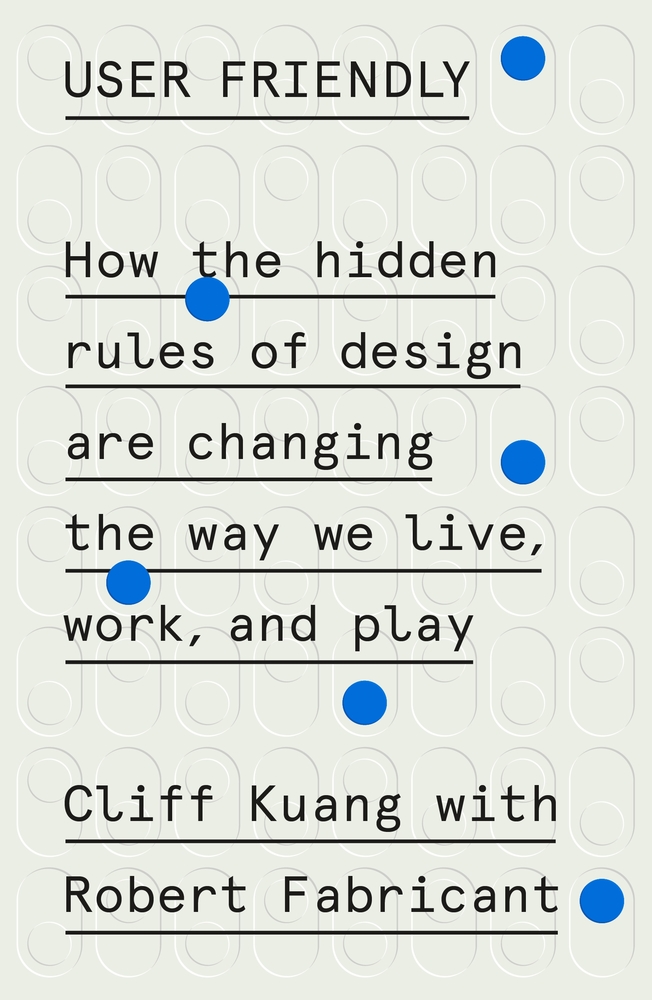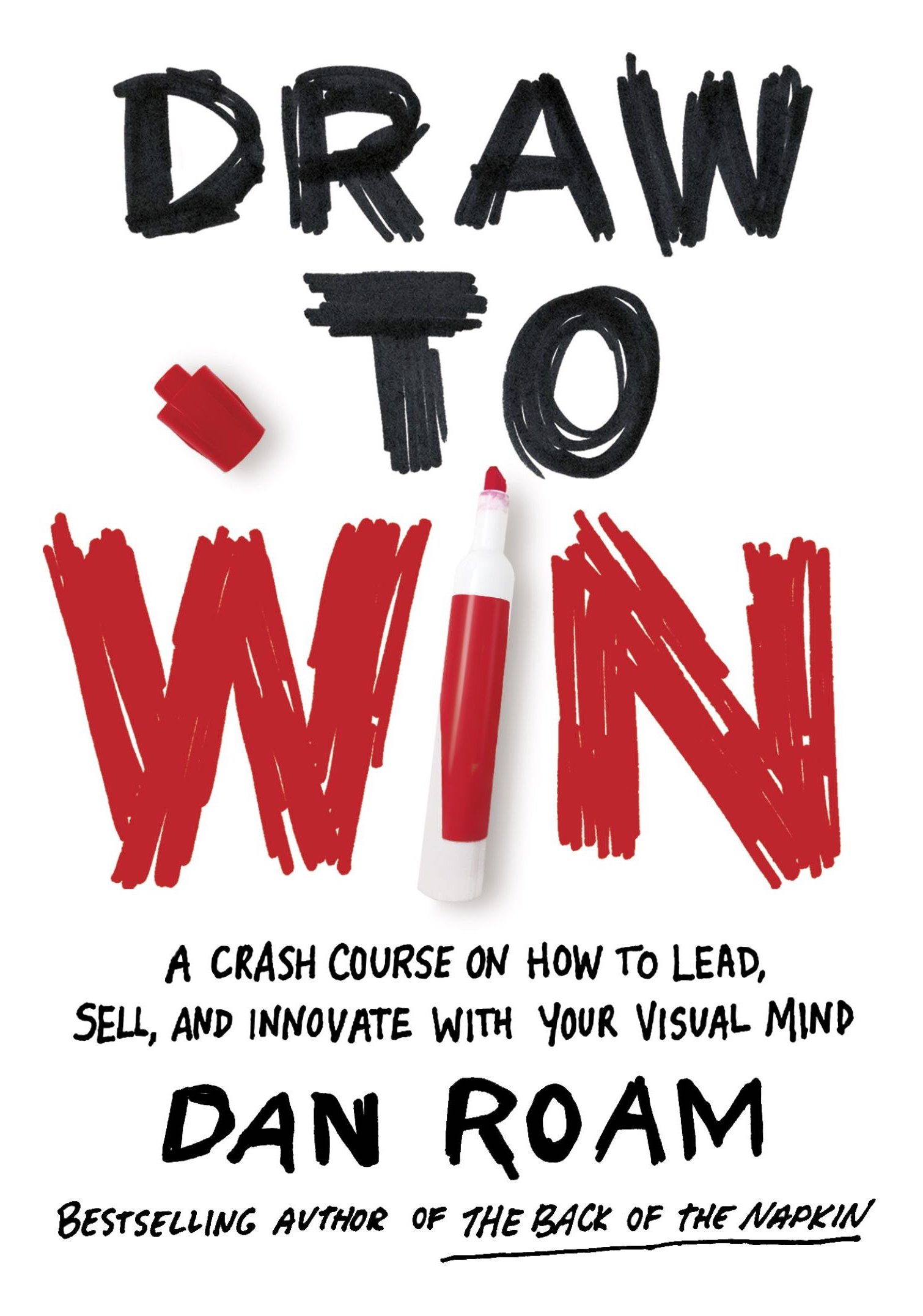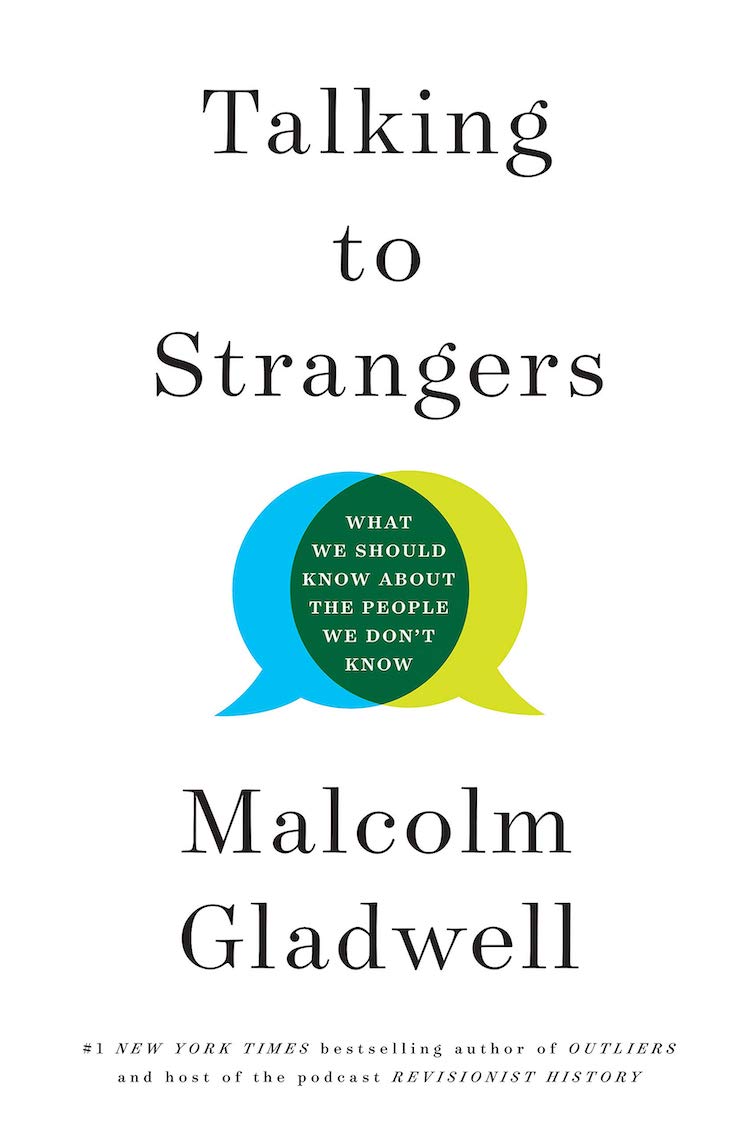Tech & Design Book Club
I keep up with tech & design conversations through reading. Below are short reviews of the books I've read and which ones are up next.
What's on my list?
Books that are up next:
Articulating Design Decisions by Tom Greever
Reccommended by Jesse Langille from Avanade
Grid Systems by Josef Müller-Brockmann
Reccommended by Vanessa Eckstein from Blok Design.

Review: User-Friendly: How the hidden rules of design are changing the way we live work and play
by Cliff Kuang & Robert Fabricant
This book elegantly traces the history of user-centered design and was a fantastic read. Rather than being chronological, the book was structured through themes. Within these themes, Kuang with Fabricant's help explains historical case studies where breakthroughs in the field occurred and then situates their effects through present day examples. Through this technique, we get to know all of the original players (Henry Dreyfuss, Henry Ford, Don Norman, Steves Jobs, Fulton Suri, Bill Moggridge and more) and see the influence they've had through present day case studies (The Disney Smart Band, Self-Driving Cars, Emotional Design, the Like button etc.). Definitely reccommend this one for tech or design interested folks!
Review: Draw to Win
by Dan Roam
I have a confession to make. Despite my dad’s obsession with "7 habits" or my uncle’s attempt to organize a “business book club”, I have never actually read a “business book”. I think this one counts as my first and I really enjoyed it — a recommendation from the lead educator at BrainStation Ann-Marie Sebastian, it is called “Draw to Win” by Dan Roam.
My key take away from the book is that drawing out ideas is a powerful way to gain clarity on a concept. And because we humans are primarily visually focussed, drawing is also an efficient and effective communication tool. Roam gives the reader concrete tools and exercises — the most basic one being: write down a word and draw a circle around it. Now do that again. And again. Eventually a visual will start to emerge. Be creative and see what happens next.
There were also some fantastic tidbits along the way about how humans take in visual information and are masterful when it comes to visual thinking. One that stood out to me was a point about the human ability to recognize faces. We have probably seen millions of human faces in our lifetime, but we rarely mistake one face for another. Using faces in your conceptual drawings helps to quickly express the mood of a situation to the viewer.


Review: Uncanny Valley
by Anna Wiener
On the eve of joining the tech industry myself, the book Uncanny Valley by Anna Weiner (contributing writer to The New Yorker ) was a startling read. This book is a memoir about the author’s time working in Silicon Valley as a Customer Support Person.
Similar to when Weiner joined the tech industry in her mid-twenties, I am in the process of transitioning from a poorly paid but ethically sound career path working for arts non-profits to one with less cultural capital and more actual capital.
I think that this memoir provides an important counter-weight to a naive idealism that has existed within tech and startup culture. Her book has cemented my suspicions of the popular claims that good UX (or tech in general) always makes people’s lives easier or better and "for free". It has also provided caution of the misogyny that exists within this industry.
Perhaps by necessity, I am remaining optimistic about tech’s potential to have a positive impact – the criticism provided by this book is part of that optimism. By sharing her experience and observations, Weiner creates an opportunity for techworkers and leaders to address existing issues.
Review: Talking to Strangers
by Malcolm Gladwell
For my family book club, we read Malcolm Gladwell’s new book “Talking to Strangers”. Though not explicitly related to design or tech, I think the concepts explained in this book are thought-provoking for UX designers.
UX design is primarily about trying to have a deep understanding of the person who is engaging with your company’s products and services. One way that UX designers come to this understanding is through interviews - in other words, we talk to strangers for a living. Gladwell’s concepts challenge some of the techniques that I learned in my UX design education.
For example, the concept he discusses “transparency”. At BrainStation we were taught that we should observe a person’s behavior while we are conducting user interviews. If a person’s eyes are shifting around the room when they answer a question, perhaps they are unreliable or if a person is fidgeting it means they are anxious. Gladwell’s book argues that humans are not like the characters on Friends whose inner emotions exactly match the expressions on their face.
This assumption we hold that people are “transparent” - that their inner feelings match their facial expressions and behaviors - has grave consequences. An example of our tendency to err was shown in an experiment run by Sendhil Mullainathan, where judges performed much worse than artificial intelligence in determining which defendants should be released on bail. The people on the AI’s list were 25 percent less likely to commit a crime compared to those the judges selected. The AI was even better at determining which defendants are high risk. The judges did not correctly identify any of the high risk defendants.
The primary difference between the human judges and the AI judges is that the humans have access to emotional information - they have access to the kind of “feeling” that the defendant gives them and whether they are being truthful. The experiment, unfortunately shows, that our ability to know whether a stranger is being honest even when we are trained to deciper this is actually very inaccurate.
Another thing I learned at BrainStation? “Embrace Ambiguity.” Perhaps while doing research we can accept that our bias will undoubtedly affect the conclusions we pull from user research. Whether our users are reliable sources remains ambiguous and we have to consider this throughout our design process. Still, I think through a variety of research methods (data metrics anyone?) and within a team of people, we can work towards coming to a useful understanding of the strangers using our products. And luckily, the stakes are usually not as high when we get it wrong in the UX context in comparison to the examples Gladwell gives - policing, law, international defense, espionage, interrogation etc.
